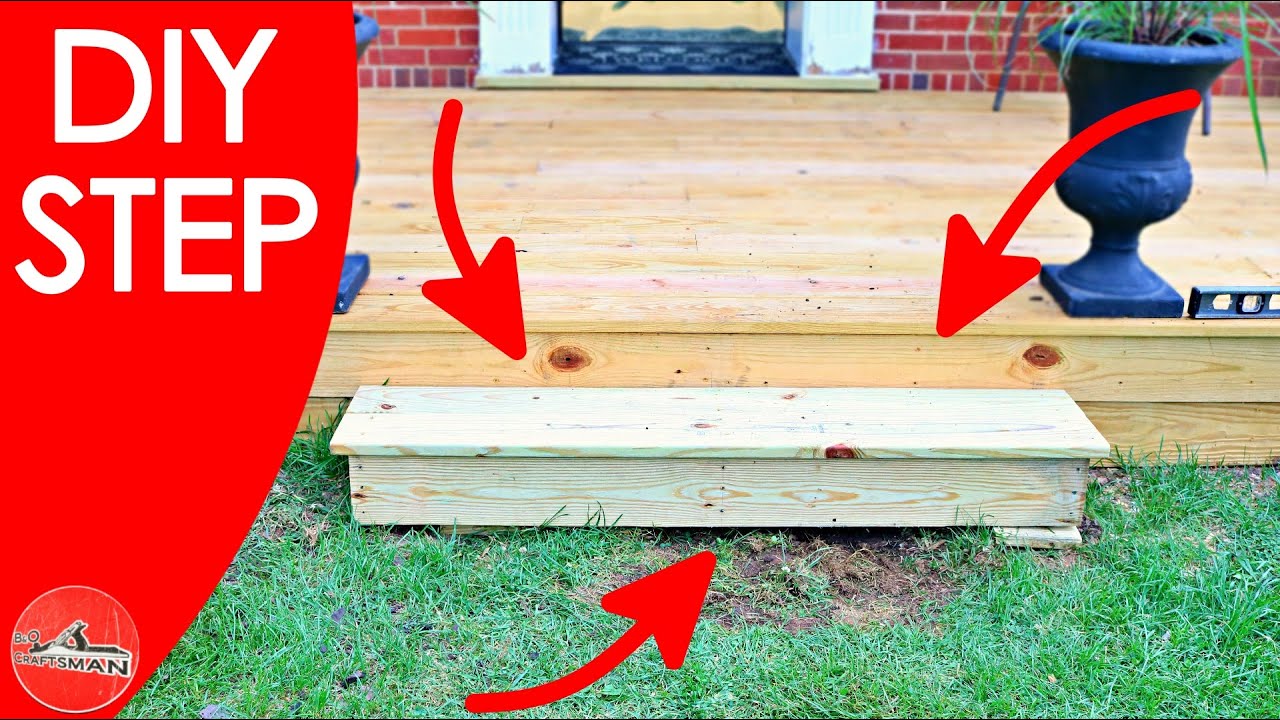Building a structure featuring a prominent silver facade requires careful planning and execution. Focus on the distinctive exterior cladding system. Here are key steps:
1. Planning & Design
Engage architects and engineers specializing in modern facades. Define the project scope, budget, and timeline. Key design aspects include:
- Material Selection: Choose the specific silver-toned cladding material (e.g., Anodized Aluminum, PVDF-Coated Metal, Zinc, Stainless Steel, specialized paints/films on composite panels).
- Performance: Ensure the material meets requirements for durability, corrosion resistance, thermal performance, and weatherproofing.
- Structural Integration: Design the substructure (often aluminum or steel framing) to support the weight and wind loads of the chosen cladding.
- Detailing: Precisely detail panel joints, transitions, penetrations, and connections for aesthetics, water management, and thermal movement.
2. Engineering & Documentation
Structural engineers design the support system. Create detailed shop drawings and specifications covering:

- Panel dimensions, profiles, and finishes.
- Attachment methods and structural anchoring details.
- Interface detailing with windows, doors, and other building elements.
- Thermal break specifications and moisture management strategies.
3. Fabrication & Procurement
Source high-quality materials from reputable suppliers. Fabricate panels and framing components according to approved shop drawings under strict quality control. Verify material finishes and dimensional accuracy.
4. Substrate & Support Structure Installation
- Ensure the underlying building structure (walls, floors) meets dimensional tolerances.
- Install primary and secondary support framing (rails, mullions, transoms) with precision alignment. Pay critical attention to plumb, level, and square.
- Incorporate necessary insulation and vapor/air barriers as per design.
5. Cladding Installation
- Handle panels carefully to prevent damage to the silver finish.
- Install panels sequentially, precisely following detailed installation drawings.
- Employ specialized crews experienced with the chosen cladding system.
- Ensure correct panel interlocking, joint gaps, alignment, and secure anchorage.
- Implement rigorous QA/QC during installation (water testing, alignment checks).
6. Interfaces, Flashing & Sealants
- Properly integrate and flash around windows, doors, parapets, roofs, and other penetrations.
- Apply sealants meticulously according to manufacturer specifications, compatible with the cladding material.
7. Cleaning & Protection
- Clean the installed facade carefully using methods and materials approved for the specific finish to avoid damage.
- Implement final protection measures.
Critical Success Factors
- Expert Team: Select designers, engineers, fabricators, and installers with proven expertise in sophisticated metal cladding systems.
- Early Supplier Involvement: Engage cladding system suppliers early for constructability input.
- Coordination: Meticulous coordination between all trades, especially at interface points.
- Quality Control: Continuous QA/QC throughout fabrication and installation phases.
- Material Handling: Strict protocols to protect the delicate surface finish during transport, storage, and installation.
- Mockups: Build full-scale performance mockups to test design, materials, and installation techniques.





